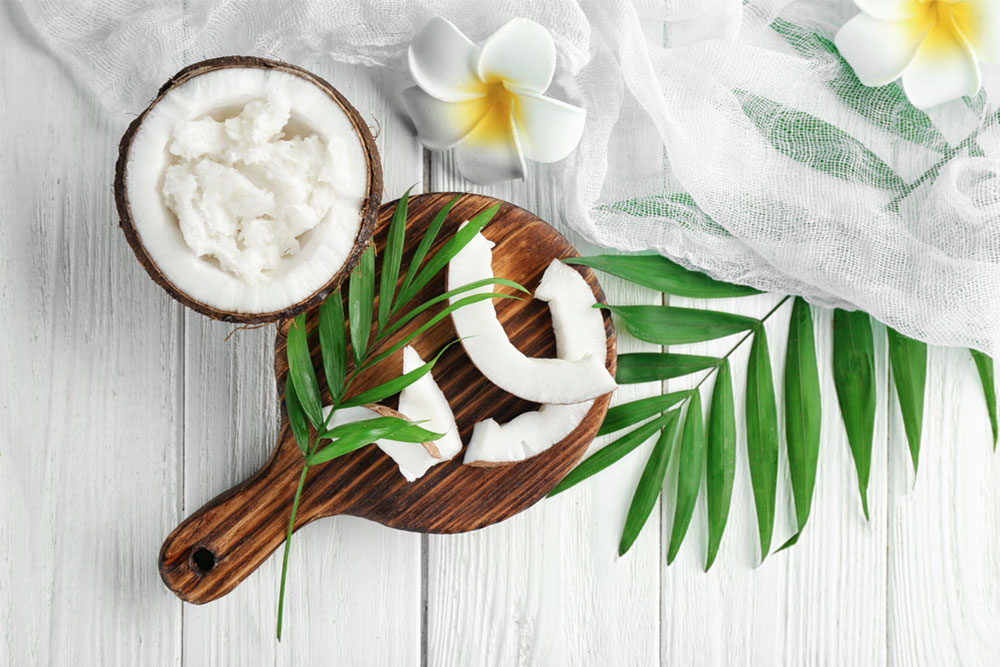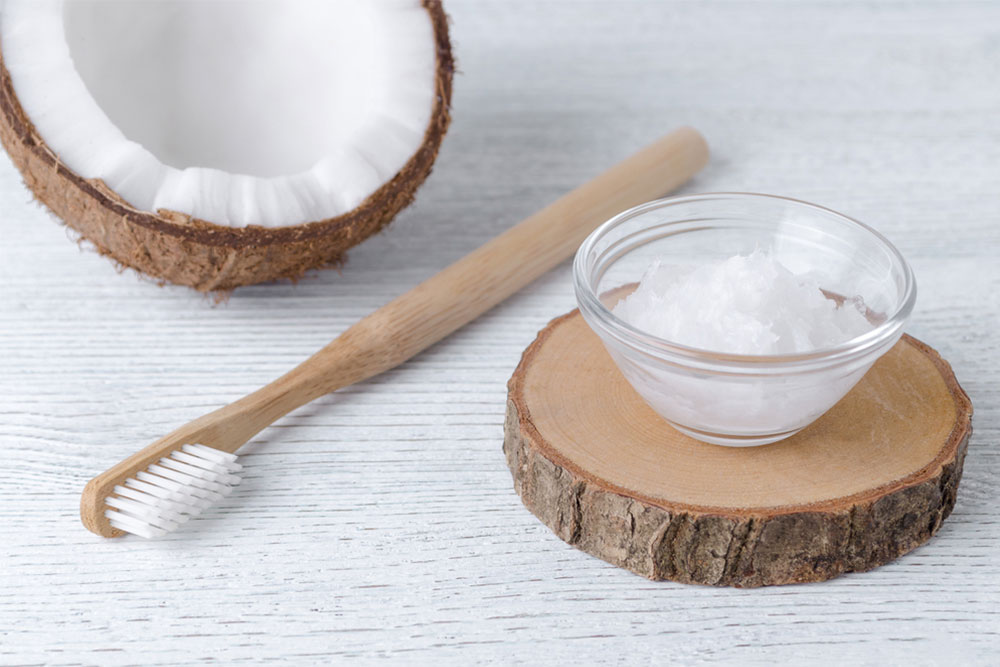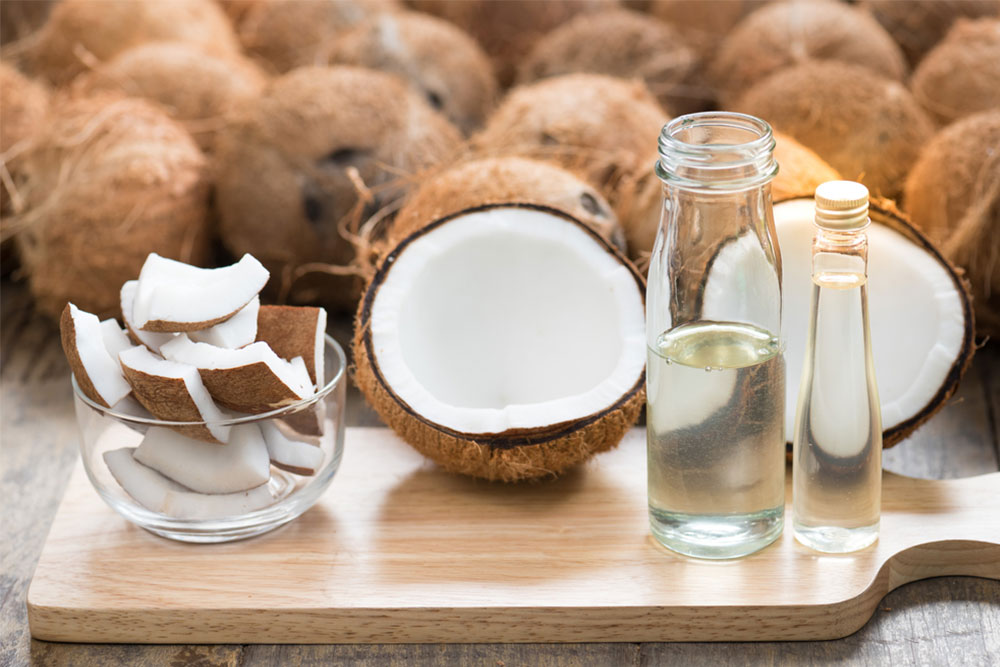When it comes to wellness, an all-natural approach is what it’s always been about. Choosing organic and natural ingredients has a great impact on your body, both internally and externally. Today, as more people steer towards natural practices when it comes to their health and wellbeing, you find that going back to the basics or resorting to ancient methods are coming becoming mainstream. And today, oil pulling is one such ancient form of wellness that’s gaining popularity. But, what is oil pulling? Is it healthy or just another fleeting trend? Let’s find out.
Oil pulling is an ancient technique attributed to Ayurveda, which involves swirling edible oil around your mouth and spitting it out. This is done to get rid of oil soluble toxins in the body, and also as an oral hygiene practice. It removes bacteria and microorganisms, thus detoxifying your body’s lymph nodes and glands. With regard to dental hygiene, it is said to strengthen the gums, whiten teeth, and eliminate plaque.
The popular oils used for this are sunflower, coconut, sesame, olive, and palm. However, coconut oil is highly recommended.
Practitioners in ancient India used sunflower oil or sesame oils to prevent bleeding gums, decay, dryness of throat, oral malodour, cracked lips, and to strengthen the teeth, gums, and jaw.
Here’s how to do it:
Step 1: Measure out one tablespoon of the oil of your choice.
Step 2: Swirl it around in your mouth for 15 to 20 minutes. Do not swallow it.
Step 3: Spit it out in a dustbin after you are done. Spitting in the sink can cause it to clog up.
Step 4: Rinse out your mouth with salt and water. This is to be followed by brushing and flossing.
Do this on an empty stomach, one to three times a day.
According to Ayurvedic practices, there are two methods of oil pulling:
(i) Gandusha: Swirl the oil in your mouth for two to three minutes before spitting it out. This is supposed to help pull the toxins out of your system.
(ii) Kaval Graha: The oil is gently swirled around in the mouth for 15 to 20 minutes till it becomes thin and whitish in colour, and then expelled.

The main objective is to pull bacteria from the mouth. The oil is kept swirling in the mouth till you start to break into a slight sweat, which could take up to a couple of minutes depending upon the frequency of this practice. Experts suggest this to be a sign that toxins are being released from your body. You may also experience watery eyes and some discharge from the nose as your mouth is being cleansed.
Benefits
1. Can kill harmful bacteria in your mouth
Did you know, approximately 700 types of bacteria can live in your mouth, and up to 35 per cent of them can be found in your mouth at any given time? Certain types of harmful bacteria can contribute to problems like tooth decay, bad breath, and gum disease. Decreasing the number of bacteria in your mouth through oil pulling can help support poor oral hygiene and prevent some of the dental conditions.
2. Could help reduce bad breath
Halitosis, or bad breath is condition that affects more than 50 per cent of the population. There may be many potential causes of bad breath, including infection, gum disease, poor oral hygiene, and tongue coating (a condition which traps the bacteria on the surface of the tongue). Through oil pulling, it may be able to break down the bacteria. However, it is recommended you follow this by brushing or using a mouthwash in addition to the oil.
3. May help prevent cavities
Cavities often stem from tooth decay. Poor oral hygiene, eating too much sugar, and build-up of bacteria can cause tooth decay, which leads to cavities. Plaque can also cause cavities, as it forms a coating on the teeth and is full of bacteria. The bacteria attacks and destroys the tooth enamel and causes tooth decay. Oil pulling can help decrease these strains of bacteria, and prevent tooth decay.

4. May reduce inflammation and improve gum health
Gingivitis is a type of gum disease marked by red, swollen gums that are susceptible to bleeding. The bacteria present in plaque are a major cause of gingivitis. Oil pulling helps reduce the strains of bacteria that contribute to gingivitis and inflammation of the gums. Using coconut oil especially helps with the inflammation, as 50% of the fat in it is lauric acid, which helps get rid of the bacteria.
5. Cheap and easy to add to your routine
Oil pulling is quite easy to do and can be incorporated into your daily routine if you are able to spare about 15 to 20 minutes every day. It requires just one ingredient that’s easily available in your kitchen.

Risks
It’s important to note that there has not been much research on oil pulling. However, with every pro to a particular practice, it’s important to understand some of the side effects. Practitioners maintain that one should not eliminate brushing their teeth in favour of oil pulling. While oil pulling has many benefits, brushing your teeth ensures proper dental hygiene.
Some of the oils might have some added elements in the ingredients, so you must be careful while selecting which oil to use for oil pulling. It is always recommended to get in touch with a certified Ayurvedic practitioner to gather the necessary information before you begin your practice.